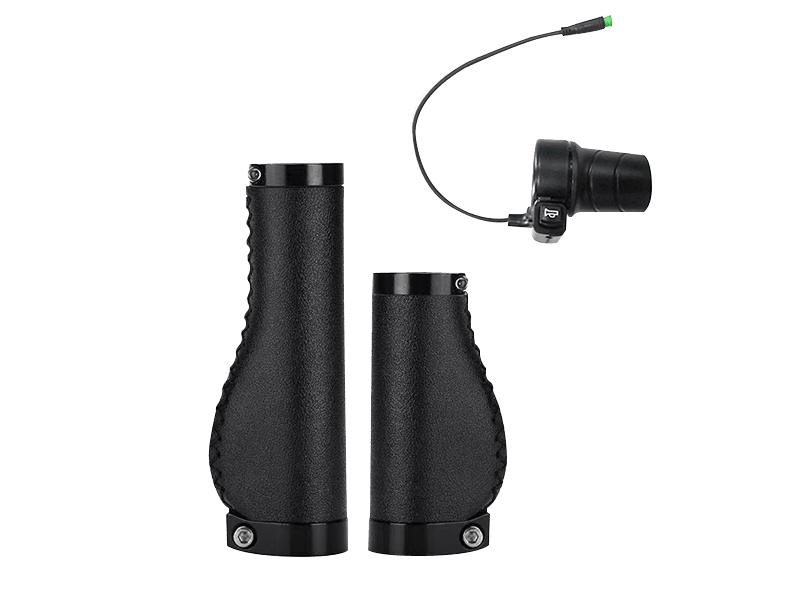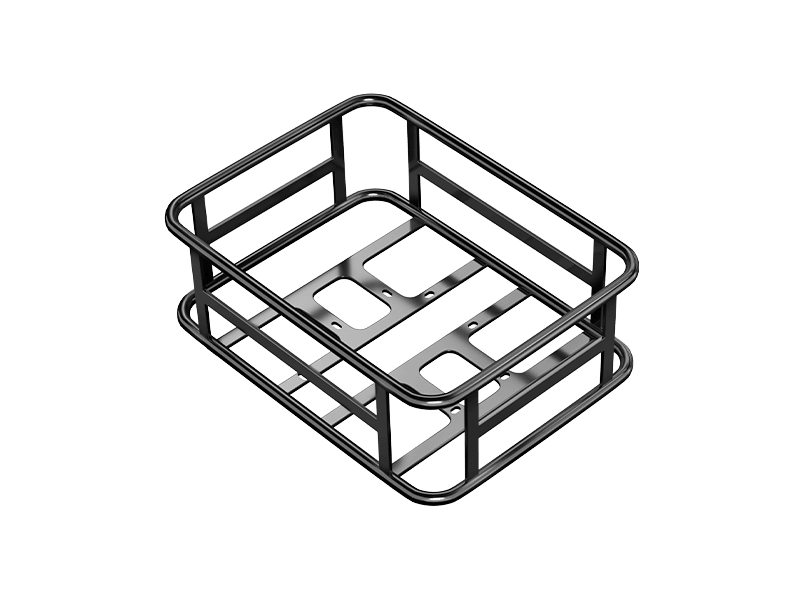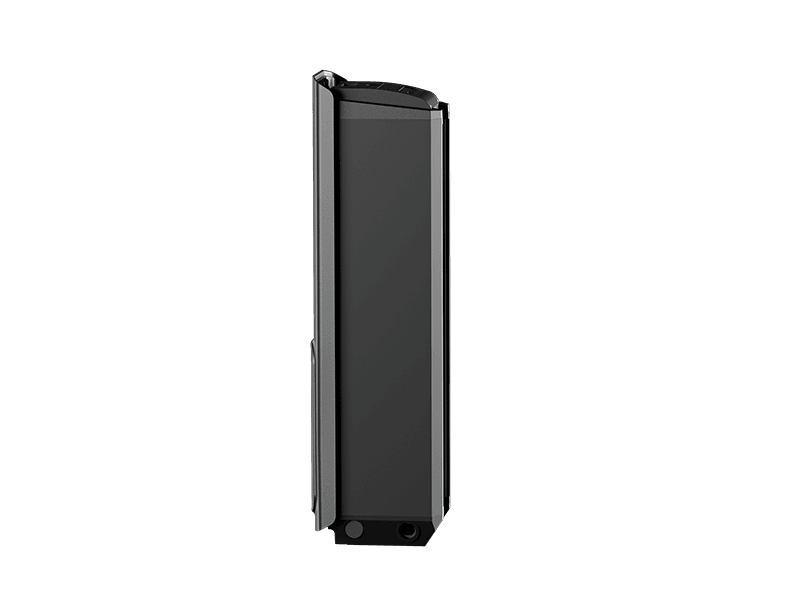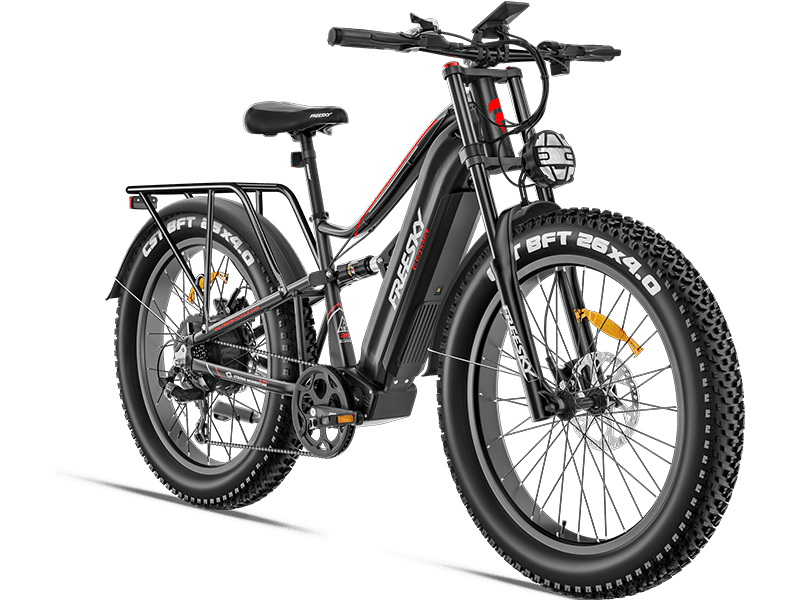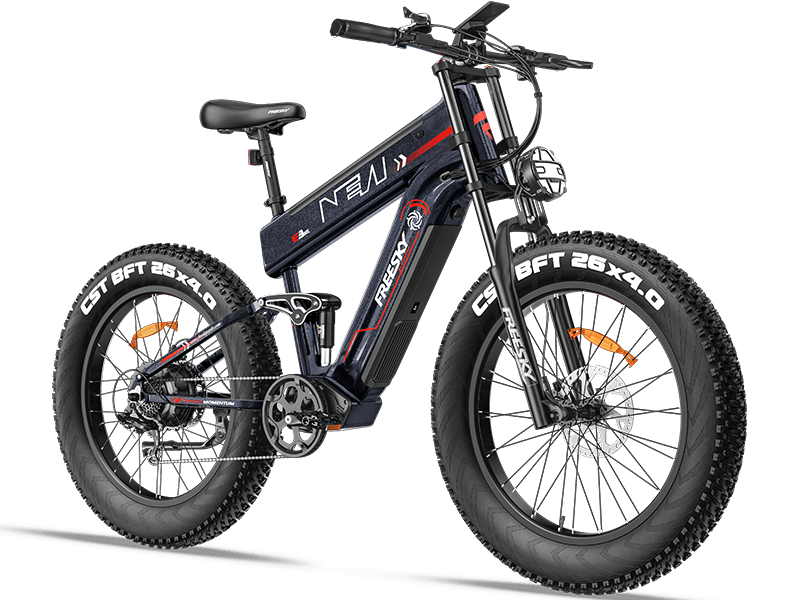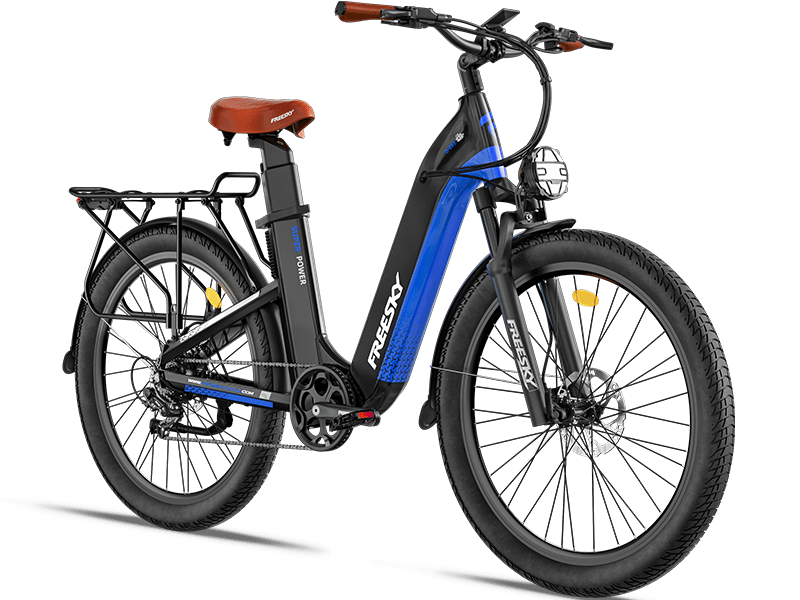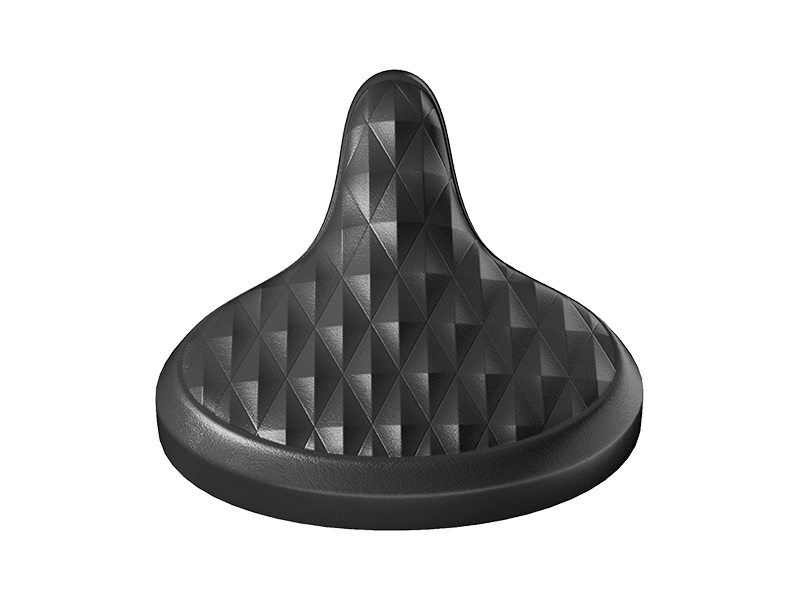How to Choose an Electric Bike for Mountain Adventures
OCT 24, 2025
There’s something profoundly liberating about venturing deep into the mountains—where the air is crisp, the trails untamed, and every climb rewards you with a breathtaking view. For outdoor enthusiasts, mountain adventures represent both challenge and serenity. But what if you could go further, climb higher, and experience more—all with less strain?
That’s where electric mountain bikes (e-MTBs) come in. These powerful machines are revolutionizing the way we explore rugged landscapes. Whether you’re an experienced rider chasing adrenaline or a casual adventurer seeking new horizons, the right e-MTB can completely transform your mountain experience.
So, how do you choose the best electric bike for mountain adventures? Below are five key factors to help you find a model that can handle steep climbs, rocky paths, and unpredictable conditions—all while delivering the thrill of the ride.
1. Battery Range and Capacity
Battery life is the backbone of every e-bike experience, but it becomes even more crucial in mountain environments. When you’re miles from civilization, the last thing you want is to lose power halfway up a trail.
For serious mountain riding, look for an e-bike equipped with at least a 48V 20Ah battery or higher. Premium models, such as the Troxus Warrior Pro or Alaska Pro, feature dual-battery systems capable of reaching over 150 miles per charge, giving riders the freedom to explore vast terrains without the anxiety of finding a power source.
Terrain, rider weight, and assistance level all impact battery performance. To extend range, use eco or mid-assist modes on climbs and save full throttle for steep or technical sections. For multi-day expeditions, consider packing a spare battery or choosing a model with removable packs for easy swapping at your base camp.
2. Motor Power and Torque
Mountain adventures demand muscle. Unlike flat city rides, you’ll face steep inclines, gravel, and uneven terrain—all requiring consistent power output.
Look for an e-bike with a 750W or dual 500W motor setup. The dual-motor configuration offers exceptional torque and traction control, essential for navigating unpredictable trails and loose surfaces. For example, the Freesky Warrior Pro delivers 200Nm of torque, providing the climbing strength to tackle even the steepest gradients without sacrificing speed.
A high-torque motor ensures smoother acceleration on technical climbs, while pedal-assist modes help conserve battery when conditions allow. Always verify that your chosen model complies with local regulations—some regions restrict motor power or throttle use on mountain trails.
3. Suspension and Frame Durability
In mountain biking, suspension quality is the difference between a comfortable ride and a bone-rattling ordeal. A full-suspension e-MTB—with both front and rear shock absorbers—provides superior control and stability over rocks, roots, and descents.
Choose frames made from 6061 aluminum alloy or carbon fiber for a balance between strength and weight. These materials withstand impact and vibration while maintaining agility on challenging terrain.
If your adventures often involve technical trails or downhill rides, adjustable suspension systems are a must. They allow you to fine-tune your setup depending on terrain conditions—stiffer for climbing, softer for descending.
4. Tire Type and Traction
The best e-MTB tires act as your first line of defense against unstable ground. Fat tires (4.0"–4.8") are ideal for mountain exploration because they provide enhanced grip, shock absorption, and flotation over mud, sand, or snow.
When selecting your mountain e-bike, ensure the tires have deep tread patterns and puncture-resistant layers. Models like the Freesky Ranger combine durable fat tires with anti-slip design for maximum traction and stability.
Pro tip: Adjust tire pressure based on terrain. Lower PSI (10–15) improves traction on sand or snow, while higher PSI (20–25) enhances control on rocky surfaces.
5. Weather Resistance and Protection
Mountains are unpredictable—sunshine one minute, downpour the next. A reliable mountain e-bike must handle moisture, mud, and temperature swings.
Look for a model with at least IPX5 water resistance, meaning it can withstand moderate rain and splashes. Protect the electrical components, especially the controller and display, with waterproof seals or covers when not in use. After each ride, wipe the frame dry and apply anti-rust spray to prolong durability.
Riders who camp or ride for multiple days should also consider adding mudguards, chain covers, and waterproof panniers to safeguard both the bike and gear from dirt and moisture.
In Conclusion
The right electric mountain bike empowers you to explore farther, climb higher, and connect deeper with nature. Whether your journey involves rocky climbs, forest trails, or sunrise rides above the clouds, choosing a model with long battery life, strong torque, durable suspension, and weather protection ensures every adventure is as exhilarating as it is effortless.
Electric bikes aren’t just machines—they’re your partners in adventure. So charge up, gear up, and get ready to conquer the mountains.


